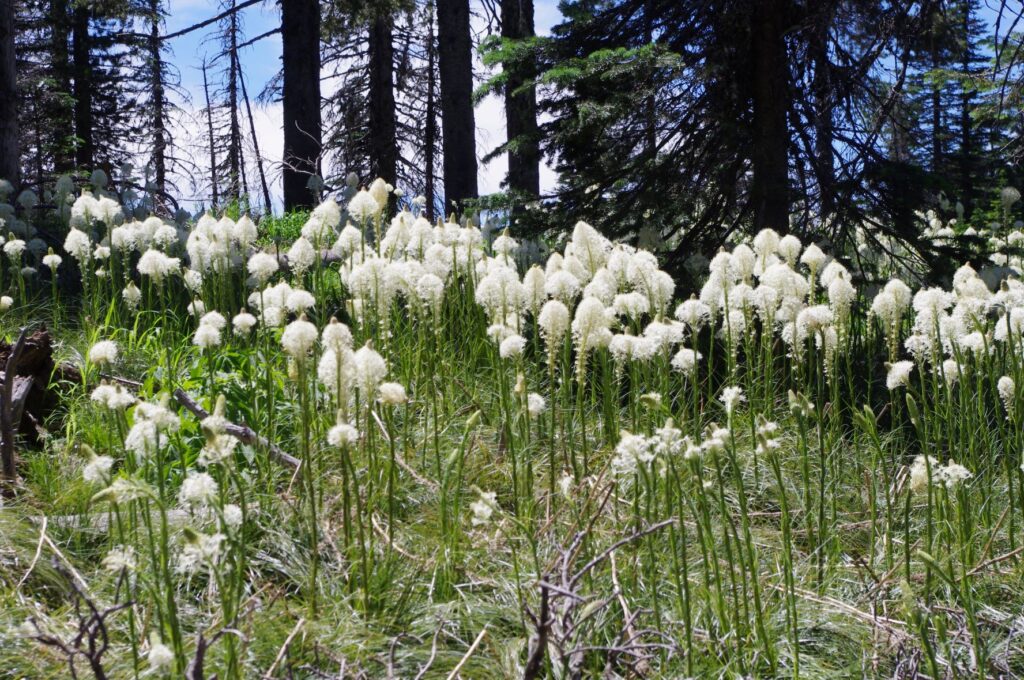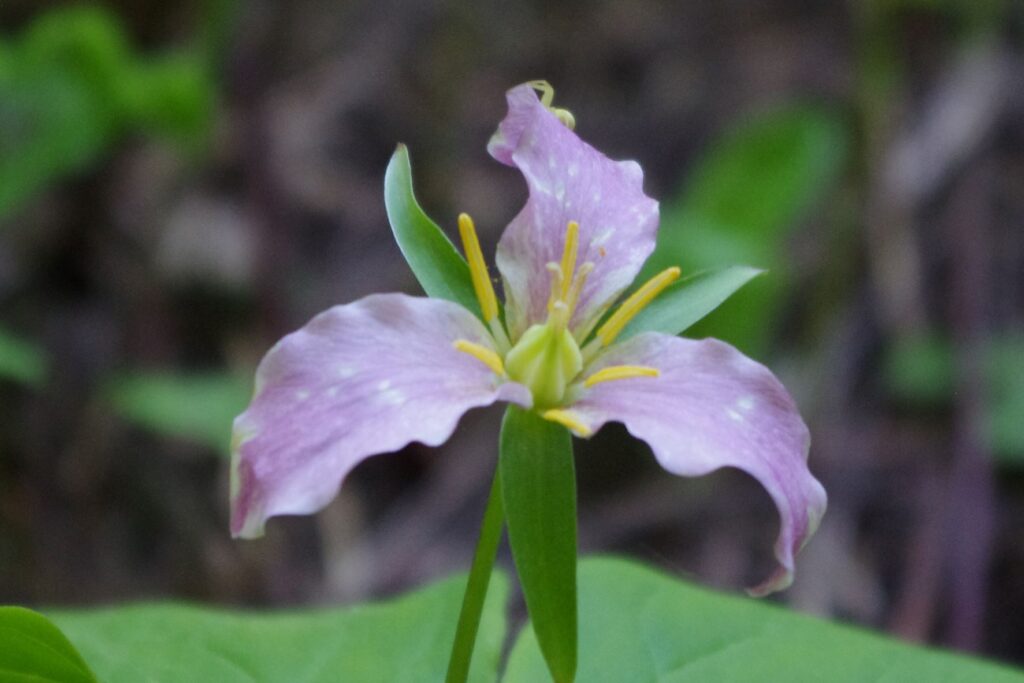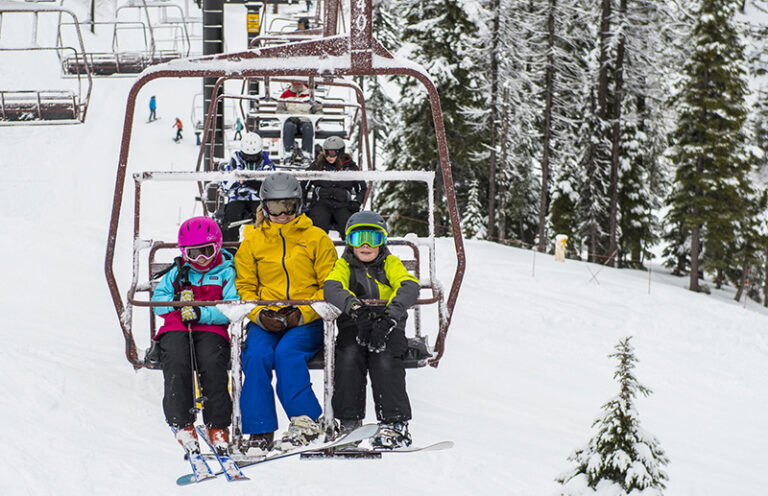By Rich Leon
The Spokane area is blessed with many great places to hike and enjoy our wide array of wildflowers. Before you go out on your wildflower quest, it’s a good idea to pick up a wildflower book.
My favorite is one I have had in my backpack for a long time: “A Field Guide to Rocky Mountain Wildflowers.” The book has held together really well considering all the use it has had over the years.
Another really good book to have is “Plants of Southern BC and the Inland Northwest.” This book not only has good information on wildflowers but also on trees, shrubs, ferns, and lichen. It is one of my go-to books. It is a little heavy for the backpack but is worth its weight in gold.
As the saying goes, “April showers bring May flowers.” The month of May along with June can bring an explosion of beautiful wildflowers or in some dry years a very disappointing short season.
It is the middle of March as I write this article and I don’t have a crystal ball to tell what sort of wildflower season we will have this year. It could be great or it could be a bust.
All I can do is tell you about some of my favorite places that I have enjoyed during the 40-plus years I have lived in Spokane—and hope it doesn’t get too dry too early this year. Happy wildflower hunting!
Turnbull National Wildlife Refuge (Cheney, Wash.)
This area has probably the best variety of wildflowers in the Inland Northwest. There are many different hiking trails along with a 5-mile auto loop. In addition to all the waterfowl, this 20,000-acre natural area supports a large variety of wildlife, including white-tailed deer, coyotes, beaver, and moose.
Some of the wildflowers you might see are Bitterroot (state flower of Montana), sticky geranium, yellow bells, prairie smoke, camas, and death camas, along with a lot of balsamroot just to name a few. Be sure and check for ticks before you leave the refuge. You don’t want any little hitchhikers going home with you.


Spring wildflowers along hiking trails, including bitterroot (left) and sticky geranium (right). // Photos: Rich Leon
Iller Creek Conservation Area (Spokane Valley, Wash.)
This is one place you will want to bring your camera. Iller has some very unique wildflowers not found in other areas around Spokane. One is Clarkia (a member of the evening primrose family).
Clarkia was named after William Clark of the Lewis and Clark expedition. Other wildflowers include mountain lady slippers, clematis, monkshood, and honeysuckle.
Dishman Hills Natural Area (Spokane Valley, Wash.)
The picturesque cliffs and ravines not only make this place an interesting area to explore but also a wonderful place to find a variety of wildflowers. As you roam around the many trails within Dishman Hills Natural Area, you are likely to find glacier lilies, Rocky Mountain iris, fairy bells, balsamroot, and fireweed.

Mount Spokane State Park (Mead, Wash.)
This is one of my favorite places for wildflowers. I like all the different trails at Mount Spokane State Park for a variety of reasons but especially the Nordic ski trail area because of the beargrass. The area has beargrass every year, but these plants only produce a major bloom about once every seven years.
When a big bloom happens, it is a sight to behold. On the lower part of the mountain (especially trail 100), you can find trillium, mountain bluebells, two different coralroot, bunchberry, paintbrush, and fairy slipper orchids.

Kamiak Butte (Pullman, Wash.)
This spot is about a 60-mile drive south of Spokane but well worth it. Surrounded on all sides by the wheat fields of the Palouse, this 3,650-foot-tall island of pine, fir, and larch has some amazing views.
On a good wildflower year the hillsides can be covered in a sea of yellow from the balsamroot. It is a great place to bring the kids for a self-guided nature walk on the 3.5-mile Pine Loop Trail. Don’t forget to pack a picnic lunch.
Tubbs Hill and Mineral Ridge (Coeur d’Alene, Idaho)
Both of these popular North Idaho natural areas offer some great views, and there are also plenty of wildflowers to see.
Other Notable Inland NW Wildflower Hot Spots
Other areas you might want to visit are Slavin Conservation Area (Spokane), Antoine Peak (Spokane Valley), Little Spokane River (North Spokane), Riverside State Park (Spokane), and the Liberty Lake Conservation Area (Liberty Lake, Wash.)
Please be aware that some areas in Washington require a Discover Pass such as Mount Spokane and Riverside state parks. There is an entry fee for the Turnbull Wildlife Refuge, and other areas such as the Little Spokane River do not allow dogs; all other natural areas require dogs to be on a leash at all times.














